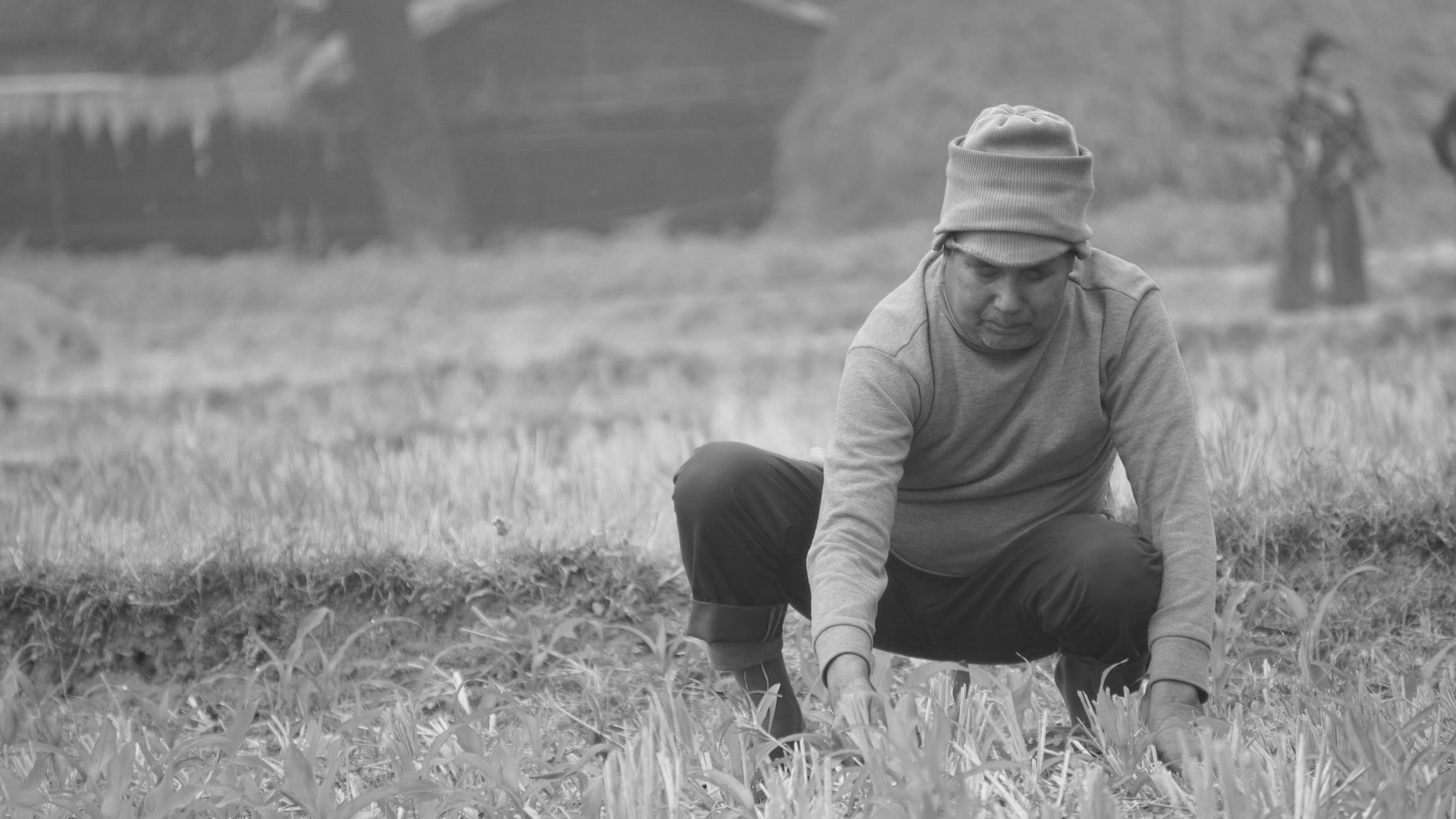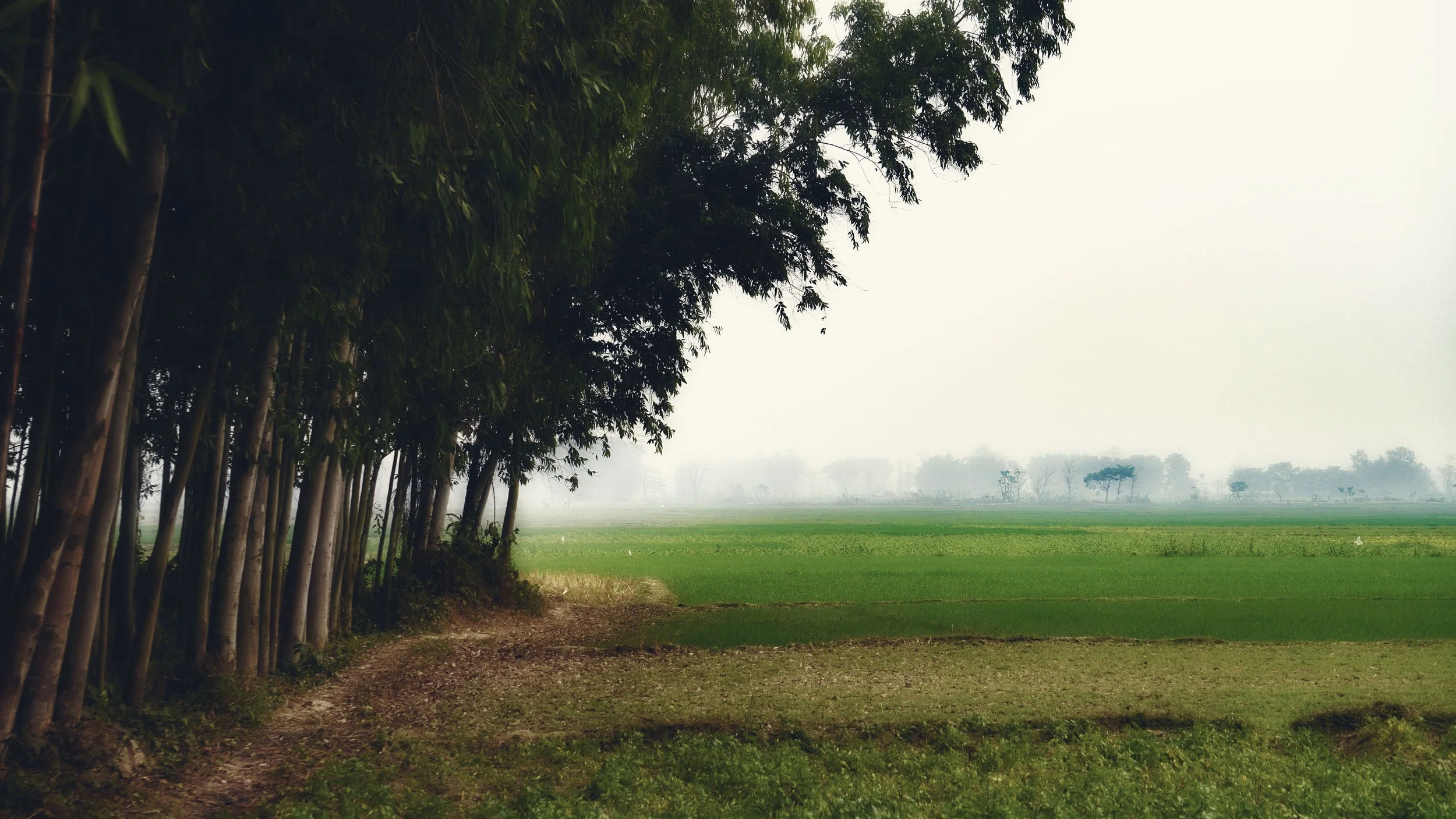
Zero-tillage maize systems
Plot level Diversification
Overview
The Zero Tillage maize cultivation pathway in the villages of Dadarbariya and Betauna in Morang district aims to introduce maize farming during the Rabi season, focusing on optimizing agricultural machinery usage and reducing fallow land during this period. Maize is widely perceived by farmers in these villages as a more profitable crop compared to other cereal crops, offering potential for higher income and better returns. However, the current level of mechanization in maize farming is limited, primarily covering tillage and threshing of manually harvested cobs. The pathway seeks to expand the use of agricultural machinery, particularly Zero Tillage Maize seed cum fertilizer drill, to enhance productivity, improve efficiency, and minimize labor costs, thereby enabling farmers to make the most of the Rabi season and reduce fallow land. Through this approach, the pathway aims to enhance both the profitability and sustainability of maize farming in the region.
Who is working in the Pathway
Partners for this pathway include Jeevan Bikas Samaj (JBS), the Ministry of Industry, Agriculture and Cooperatives, Koshi Province (MoIAC) and its subordinate body Agriculture Knowledge Center Morang (AKC), Local Government (Dhanpalthan Rural Municipality).
Activities
Activities Planned for this Pathway
Selection of Appropriate Crop Variety: Identifying maize varieties that are suitable for the local climate and soil conditions to optimize yield and resilience.
Development of Cultivation Practices: Formulating improved practices for maize cultivation, including optimal planting techniques, irrigation, and fertilization practices to enhance productivity.
Use of Improved Seed Varieties and Corn Seeder/Zero tillage seed cum fertilizer drill: Distributing seeds of high-yielding maize varieties to farmers, and promoting the use of a corn seeder/Zero tillage seed cum fertilizer drill to improve sowing efficiency and consistency.
Educational/Observational Tours/Visits to ZT Maize Fields: Organizing field visits to zero-tillage (ZT) maize fields for farmers to observe modern farming practices and learn from successful maize growers.
Farmers Group Formation: Establishing farmer groups to promote collaboration, knowledge sharing, and collective decision-making in adopting new farming techniques.
Assistance from UBKV and SSCOP: Seeking technical support from local institutions like UBKV and SSCOP to provide training, research, and advice on best practices for maize cultivation.
Agricultural Machinery Operation and Management Training: Offering training to operators and mechanics on the proper use, maintenance, and management of agricultural machinery, ensuring they are equipped to handle modern farming equipment.
Field Extension Support: Providing continuous field extension support to farmers, helping them implement new techniques and address issues encountered during cultivation.
Collaboration with Local Government Programs (Irrigation): Partnering with local government initiatives to access irrigation resources, ensuring water availability during critical growth stages of maize.
Machinery Repair and Maintenance Training: Conducting workshops to teach mechanics how to repair and maintain their agricultural machinery, ensuring sustainability and reducing downtime.
Technical Capacity Improvement Training for Farmers and JBS Field Staff: Offering capacity-building programs for both farmers and field staff of JBS to enhance their technical knowledge on maize cultivation and related practices.
Soil and Seed Testing: Conducting tests on soil physical and chemical properties (e.g., NPK and micronutrient content) and seed bulk density and moisture content at the Jhumka lab to inform best practices.
Results for each year – achievements and what we have learned
In Year 1, several activities were successfully implemented, including the use of a corn seeder, which helped improve sowing efficiency. The promotion of zero-tillage (ZT) or minimum-tillage (MT) practices will be emphasized in the second year, with a focus on evaluating whether ZT should be promoted this year instead of traditional maize cultivation methods. Initially, the intention was to promote maize farming without specifying the technology, but as the project progressed, it became clear that the introduction of ZT practices could lead to better soil conservation and higher yields.
The demonstration farm was established, and farmer groups were formed, with a focus on maintaining smaller group sizes for better management and monitoring. Improved cultivation practices were promoted through awareness campaigns, and agricultural machinery operation and management training was conducted, particularly focused on ZT machinery. This training, facilitated by SSCOP, equipped the operators and mechanics with the knowledge needed to operate the new machinery effectively.
Looking ahead, collaboration with local government irrigation programs will be a priority in this rabi season, as ensuring adequate water for the maize crop is crucial. Additionally, bio-mulching was introduced by using paddy straw, followed by maize sowing with minimal tillage, which helped conserve moisture and reduce soil erosion.
Despite these advancements, farmers expressed concerns about adopting ZT maize, particularly regarding the financial risks if the crop fails. They are also concerned about the costs of insurance and have requested that the implementing partners cover these expenses in case of crop failure. These concerns highlight the need for better risk mitigation strategies, including crop insurance and financial support, to ensure that farmers feel confident adopting new technologies. The feedback from Year 1 will help inform future decisions and the fine-tuning of the project’s approach to zero-tillage maize cultivation.

Case Study Report
Zero Tillage Maize Cultivation
Farm Household Livelihood Diversification: Trade-offs & Synergies

